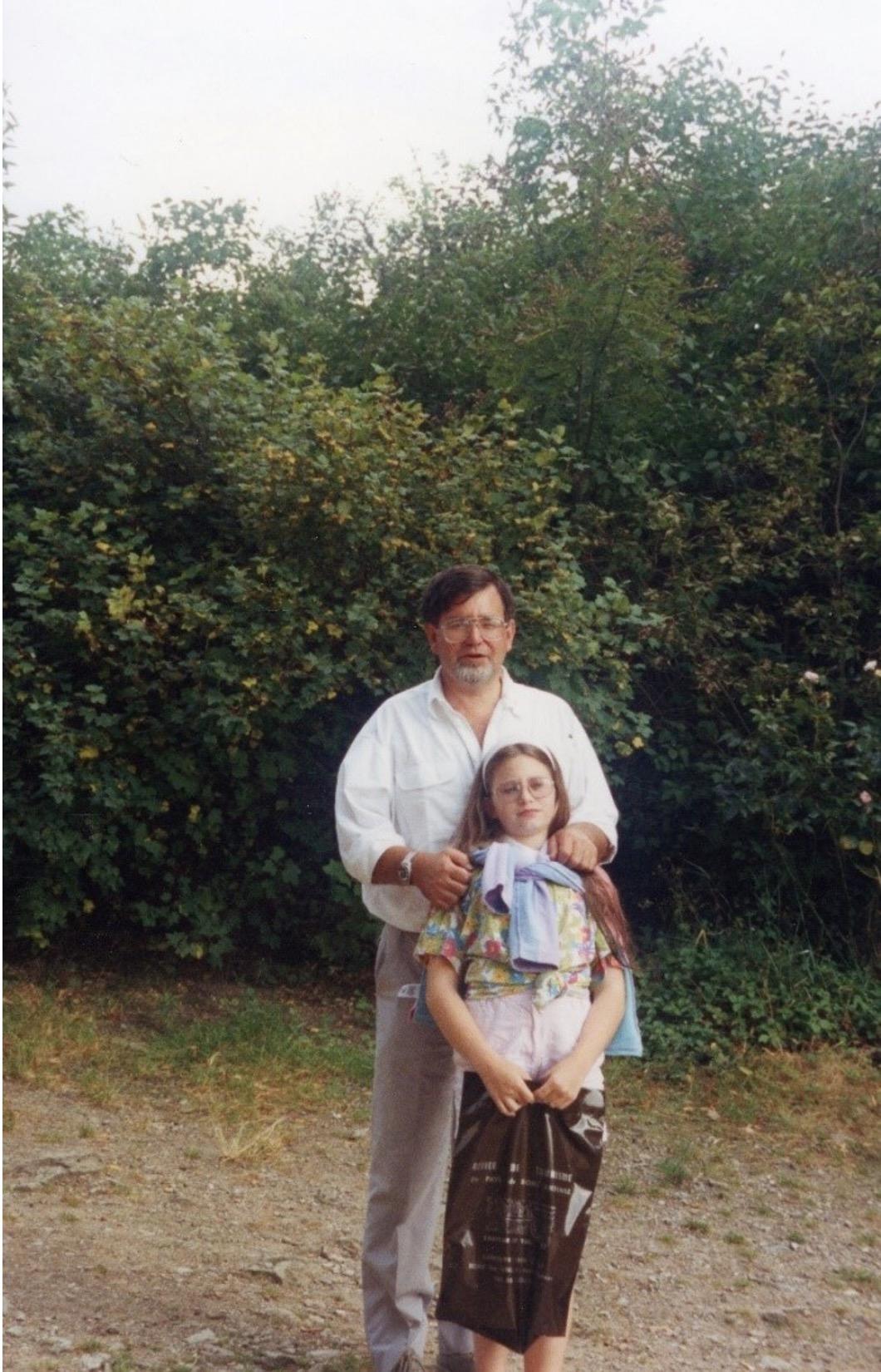As a woman who loves science, is a science professional and who was raised by a father for whom science was his career and is his passion, the International Day of Women and Girls in Science (11 February) is an important reminder that we need to continue to encourage women and girls that working in science is both interesting and professionally fulfilling.
My journey within science started from a young age with a fascination in biology and how the human body worked. Ultimately this led me to a degree in Pharmacology, a PhD in Nutrition and a career in science and health communications. But back then, I had no idea what my professional life would be or where science would take me, when I first started thinking about happens post-school.
In the UK, the number of women in the core-STEM workforce remains disappointingly low at just 26.9%, despite this the healthcare communications industry is one area that bucks the trend. Many organisations in this field have more women than men working for them, reflecting both the greater proportion of women in the wider communications industry (64% in the UK) and perhaps the proportion of women versus men who study subjects such as biological sciences at university. Recent data published by the Higher Education Student Statistics group showed that in subjects allied to medicine (including veterinary sciences and psychology) nearly 4 in every 5 students are female and the proportion of students within each of these subject areas who are female increased between 2021-22. A stark contrast when compared to engineering, technology and computing, where men make up 79% and 77% of enrolments, respectively.
What’s stopping women and girls moving into areas like engineering and IT? Research conducted by UNICEF shows that there are many factors at play but in one critical area – self-confidence in their STEM abilities – girls consistently score lower than boys, even in countries where girls outperform boys in science. And this lack of self-confidence is linked to gender gaps in engagement, interest and enjoyment of STEM. Ultimately ending up in a situation where despite girls being capable of excelling in STEM, they veer away from STEM-based careers.
Throughout my own career, my interest in science has always led me to new and interesting opportunities. And that sense of curiosity and desire for learning has opened secret doors that I never knew existed. Such as learning to be a medical writer or having the transferable skills to move sideways from medical publishing to public relations. For many people who think of a career in STEM, it conjures up images of white coats, laboratories and protective gear. When for me – working in healthcare communications – has meant the opportunity to work on campaigns and policy changes that have made a real difference to lives of people living with different health conditions.
I’m on a mission to show younger generations that a career in STEM can have many shapes and sizes – from PR to clinical research – but each is incredibly dynamic and fulfilling. Working in science offers infinite possibilities in terms of a career that is fulfilling, with real purpose and the ability to improve the lives of others. So while I acknowledge that one blog article might not change the world – I hope that by writing this – one girl or woman who wasn’t considering a STEM career, might be persuaded by my experience to give it a try.
And believe that not only can she do it – but that she can thrive doing so.





